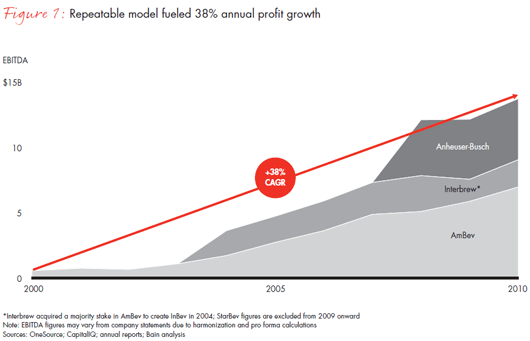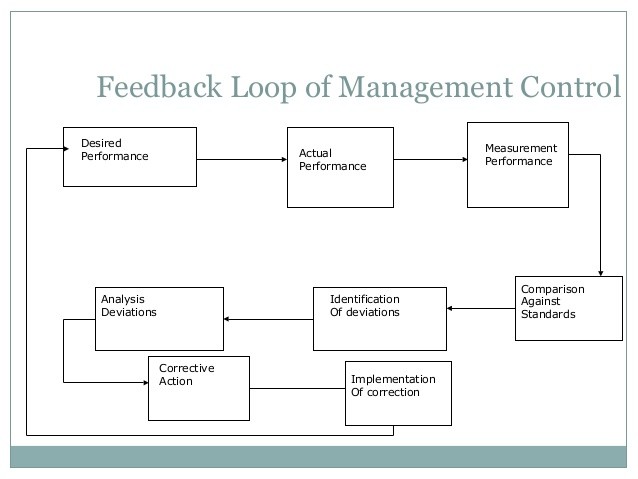Principle 3 Minimize cost
Post on: 27 Май, 2015 No Comment

Markets are unpredictable. Costs are forever.
The lower your costs, the greater your share of an investment’s return. And research suggests that lower-cost investments have tended to outperform higher-cost alternatives.
3. Cost
- Higher costs can significantly depress a portfolio’s growth over long periods.
- Costs create an inevitable gap between what the markets return and what investors actually earnbut keeping expenses down can help to narrow that gap.
- Lower-cost mutual funds have tended to perform better than higher-cost funds over time.
- Indexed investments can be a useful tool for cost control.

Why cost matters
Minimizing cost is a critical part of every investor’s toolkit. This is because in investing, there is no reason to assume that you get more if you pay more. Instead, every dollar paid for management fees or trading commissions is simply a dollar less earning potential return. The key point is thatunlike the marketscosts are largely controllable.
The illustration below illustrates how strongly costs can affect long-term portfolio growth. It depicts the impact of expenses over a 30-year horizon in which a hypothetical portfolio with a starting value of $100,000 grows an average of 6% annually. In the low-cost scenario, the investor pays 0.25% of assets every year, whereas in the high-cost scenario, the investor pays 0.90%, or the approximate asset-weighted average expense ratio for U.S. stock funds as of December 31, 2013. 1 The potential impact on the portfolio balances over three decades is strikinga difference of almost $100,000 (coincidentally, the portfolio’s starting value) between the low-cost and high-cost scenarios.
Assuming a starting balance of $100,000 and a yearly return of 6%, which is reinvested
Note: The portfolio balances shown are hypothetical and do not reflect any particular investment. The final account balances do not reflect any taxes or penalties that might be due upon distribution. Source: Vanguard.
 
The next illustration looks at the impact of costs in another wayby illustrating how they cause the return of investors in aggregate to trail the overall market return. It shows a bell-shaped distribution of returns, from lowest to highest, with the average return marked by a vertical line.
The impact of costs on overall investor returns














